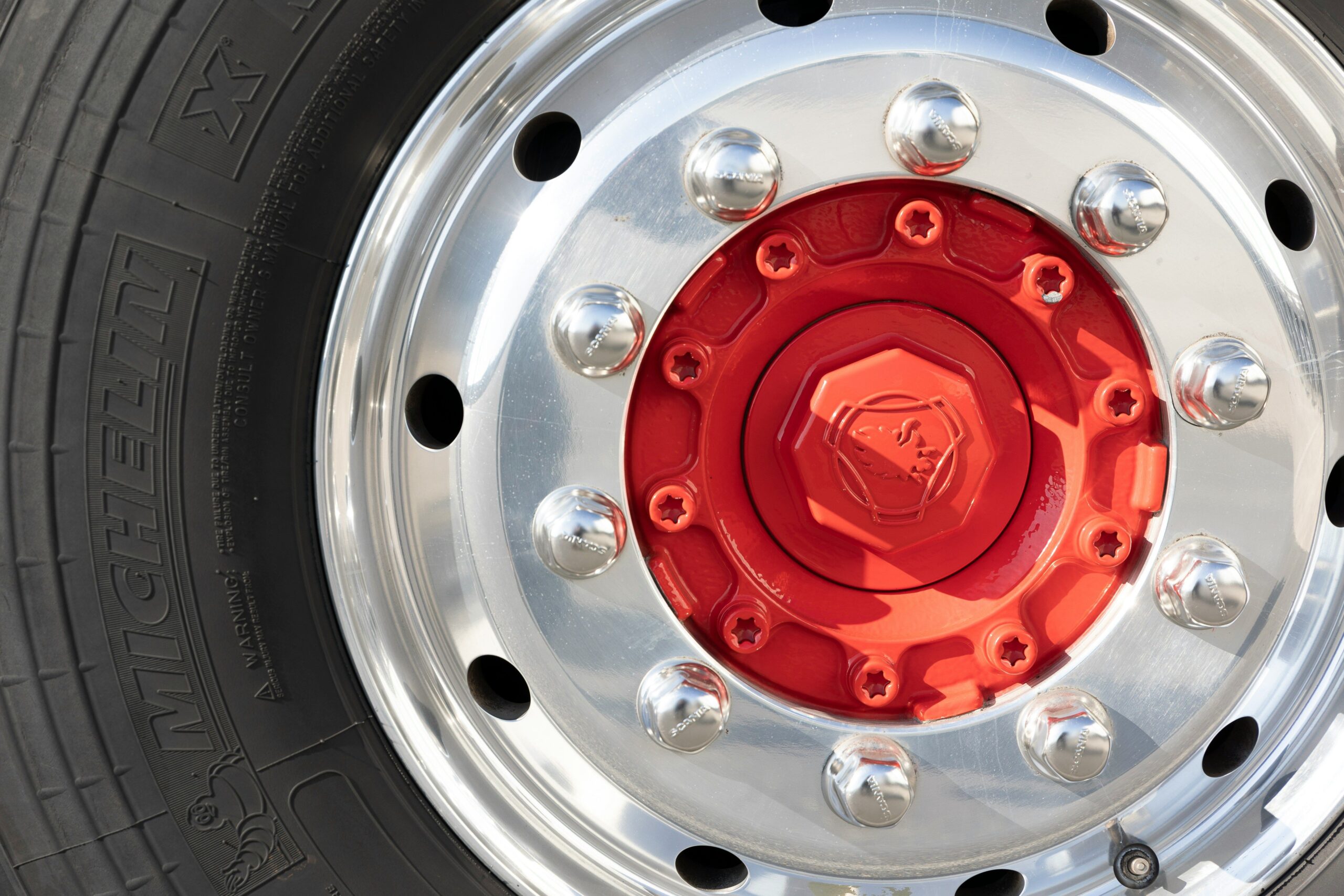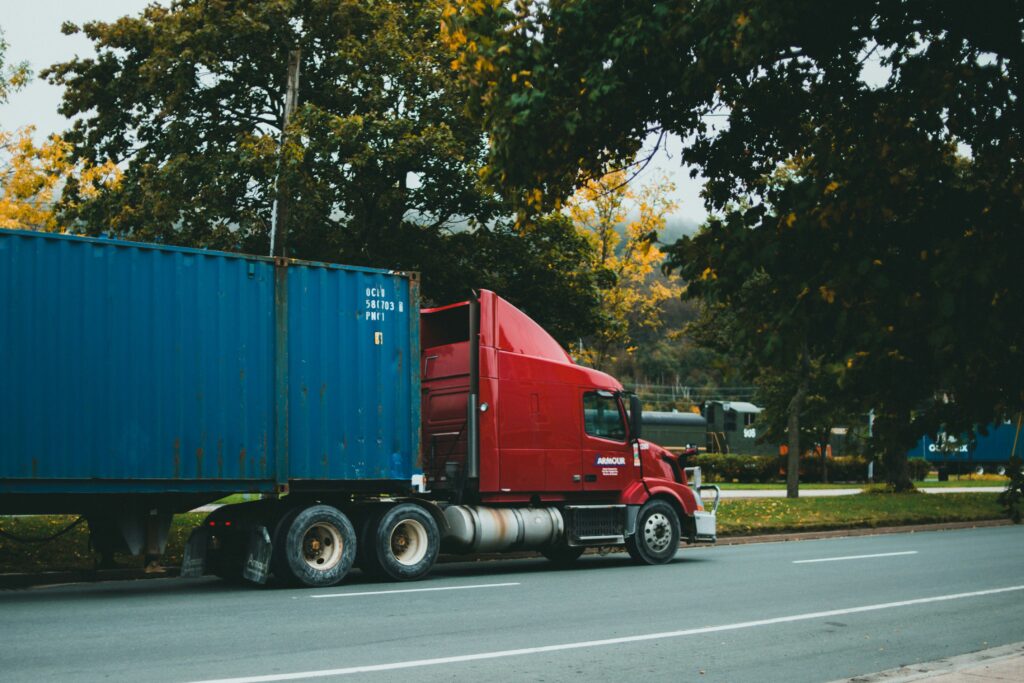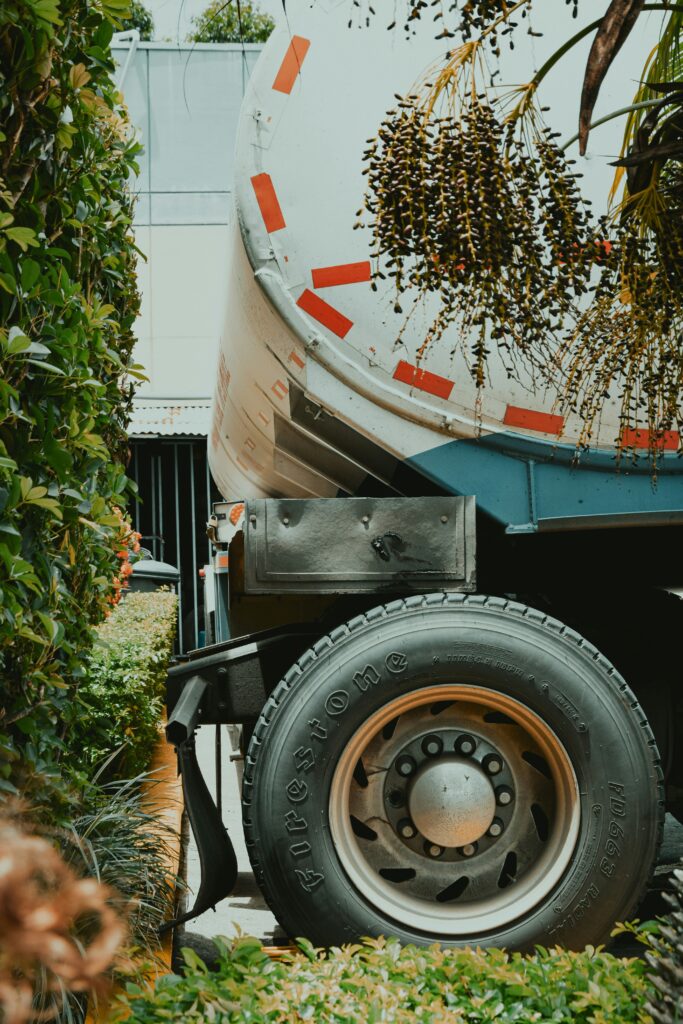
Wheel bearings play a critical role in the safe and efficient operation of trucks. These crucial components are essential for smooth travel, but how many wheel bearings does a truck have?
Generally speaking, each wheel has two wheel bearings, one on the inner side and one on the outer. For a standard four-wheeled truck, that means eight wheel bearings in total. In commercial lorries and HGVs with multiple axles and more wheels, the number of bearings can increase significantly. So, when considering how many wheel bearings does a truck have, count the wheels and multiply the number by two to find out the number of wheel bearings on the vehicle.
What is a wheel hub assembly?
Most modern trucks and lorries use a wheel hub assembly. This is a pre-assembled, sealed unit, which includes the wheel bearings and hub housing. It will often also include the ABS (anti-lock braking system) sensors.
Within the wheel hub assembly are two wheel bearings, an inner and an outer, which sit within the hub. These enable the wheel to spin with minimal friction and resistance. The bearings are highly engineered to withstand the forces that are generated by acceleration by heavy loads, braking, and cornering.
Because the wheel hub assembly is a sealed unit, the bearings are lubricated for their entire lifespan. The sealed unit also protects the bearings from moisture, dirt, and other road debris. This design reduces the need for maintenance, but it does mean that if one part of the assembly fails, then the entire unit will typically need to be replaced.
Regular maintenance can ensure that serious issues are identified before they have the chance to become a more significant problem.
Two Bearings Per Wheel
The wheel hub assembly on most trucks features two bearings per wheel:
● An inner bearing located closer to the vehicle’s axle.
● An outer bearing, positioned near the outside edge of the hub.
The role of these two bearings is to distribute the load of the vehicle and to ensure that the wheel turns efficiently. Typically, a four-wheel truck will be fitted with eight wheel bearings.
Commercial Trucks and HGVs with Multiple Axles
Larger commercial vehicles, articulated lorries, and HGVS with multiple axles will often have significantly more wheels than a standard four-wheeler.
For instance, the tractor unit of a typical articulated HGV operating on UK roads usually has a steering wheel, and two rear drive axles. The rear axles will often have twin wheels that are commonly referred to as dualies.
The truck’s trailer can have two or three axles with dual wheels on each side. Every wheel position, whether this is a single or dual set, will typically include a hub with two bearings. This means that an articulated HGV can have 20, 30, or even more wheel bearings in total.
A tractor unit with three axles will have 6 to 10 wheels, each of which will be fitted with two wheel bearings. If it’s fitted with a trailer with three axles and dual wheel on both sides, this adds another 12 wheels to the total and 24 more bearings.
Maintenance & Inspections
Modern wheel hub assemblies tend to be sealed and are sometimes considered to be entirely maintenance-free. While this is generally the case, they cannot be ignored completely. Regular inspections of the wheel hub assembly during servicing or MOT checks can identify any early signs of the wear or potential failure of the bearings.
These signs of a failing wheel bearing can include humming or grinding noises from the wheels, uneven tyre wear, or excessive play in the wheel, or steering instability.
Commercial vehicles are required to cover long distances carrying heavy loads, meaning that regular preventative maintenance is essential if downtime, or even failure on the road, is to be avoided.
Expert advice and high quality parts from CV Hubs & Bearings
At CV Hubs & Bearings, we’re specialists in all things HGV, bus, and trailer wheel hubs and bearings. Our experienced team is always on hand to answer any questions you may have.
We stock an extensive range of wheel hub components for a wide range of vehicles.
Contact us to find out more about our services
Back to news

